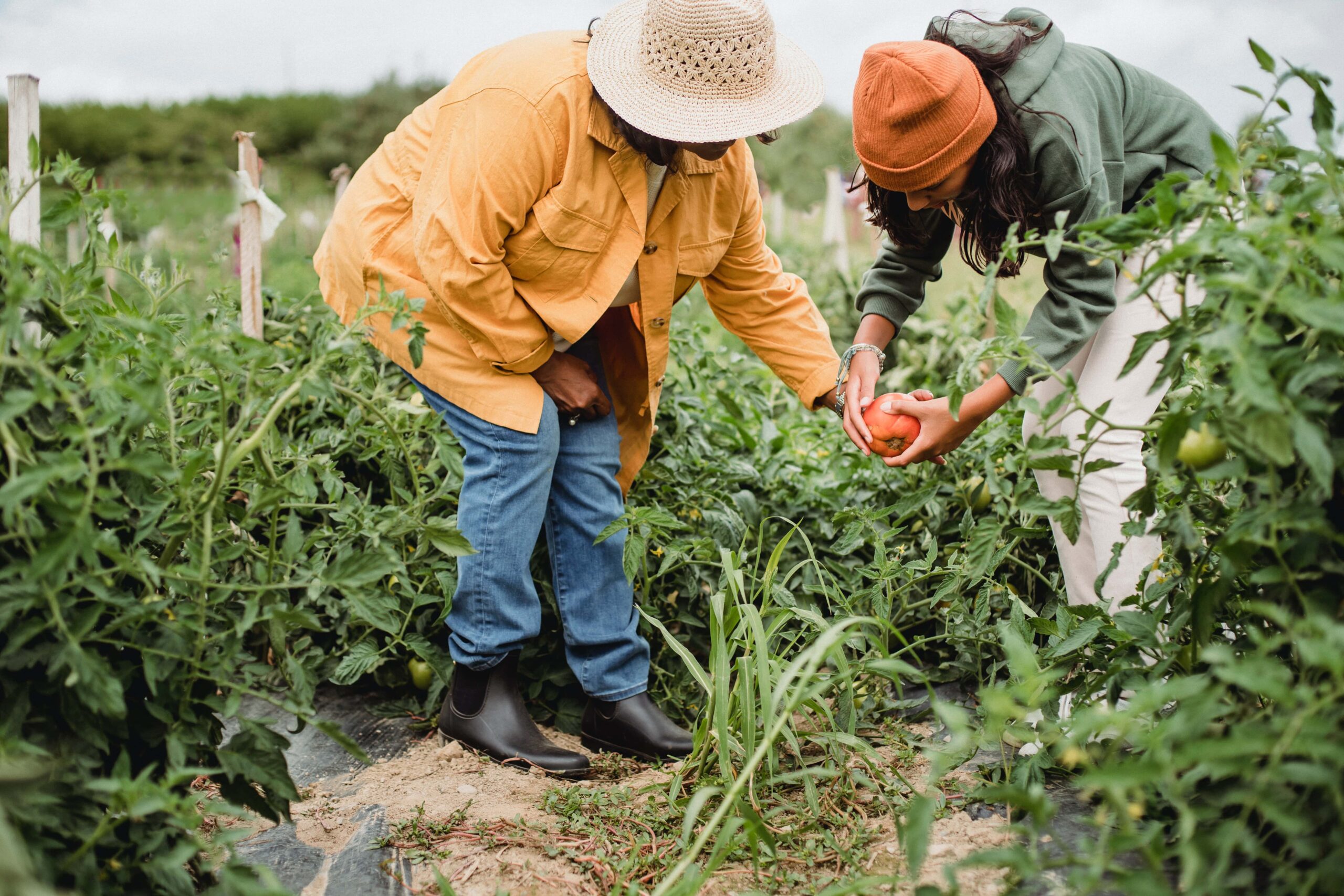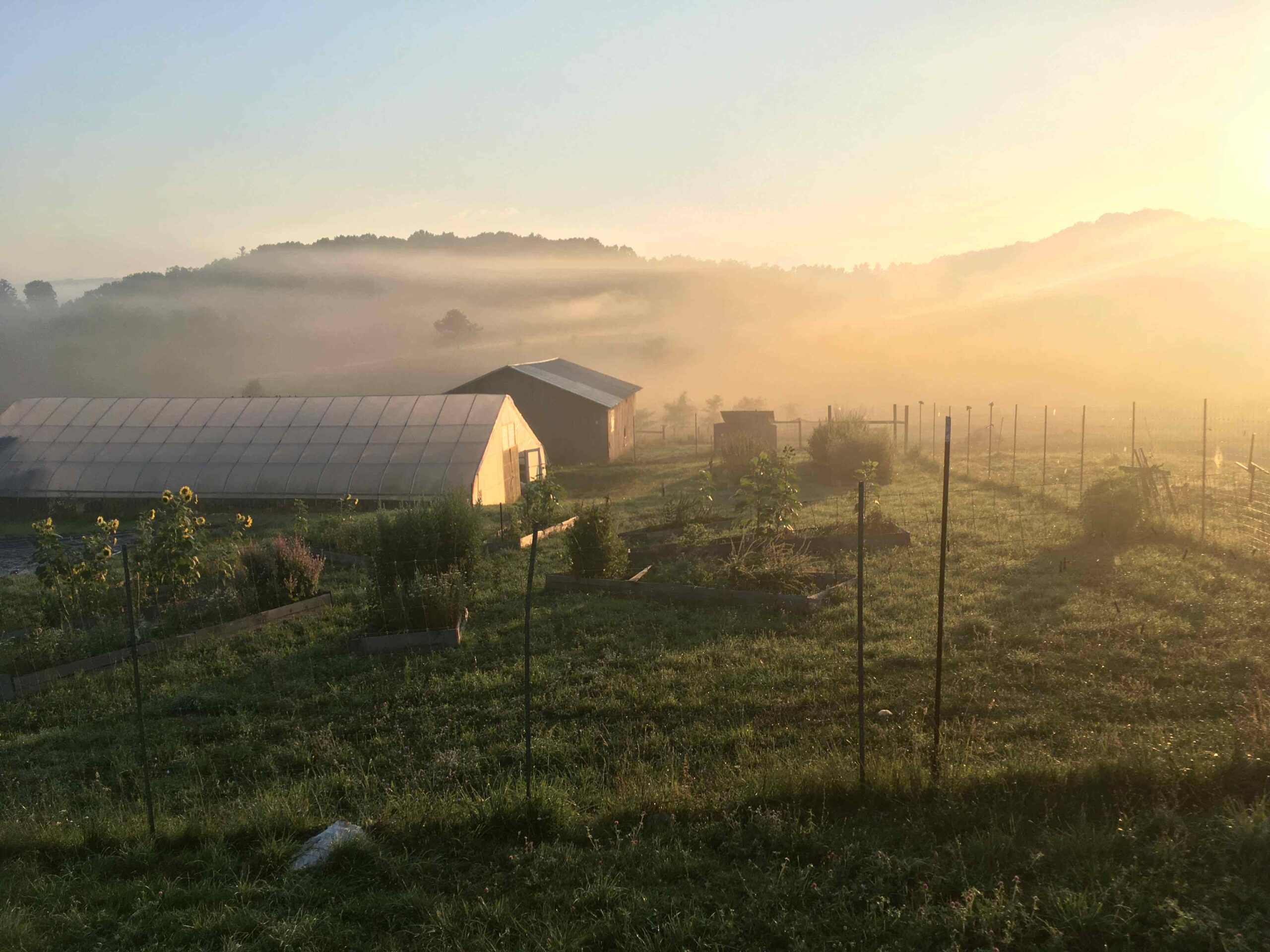Across the country, continent and worldwide, urban agriculture is becoming a real solution for growers. Keep Growing Detroit aims to grow all of Detroit’s food within city limits and 596 Acres turns its eye to the public-owned vacant land in New York City. These groups serve to help growers navigate and transform city ordinances and processes to get food in the ground. SOLEfood Farms in Vancouver aims to employ, and in the process has shown what urban agriculture can do for community.
 “We do things you would never do as a traditional farm,” said Seann Dory when I spoke to him about SOLEfood Farms in Vancouver, British Columbia. He was talking about the fact that the not-for-profit urban farm was established with one goal: to create job opportunities.
“We do things you would never do as a traditional farm,” said Seann Dory when I spoke to him about SOLEfood Farms in Vancouver, British Columbia. He was talking about the fact that the not-for-profit urban farm was established with one goal: to create job opportunities.
 The farm is in its fifth year and is comprised of four plots throughout the city that total about four and a half acres. On a farm that size, the general thought is to minimize labor, not maximize it. Maximize it is just what the farm does, providing 20 permanent opportunities for people living in the neighborhood. The positions are part-time, and focus on employing residents with substance abuse and mental illness concerns. “The farm allows them to activate space that’s close to them,” said Seann. Unlike many urban farm education initiatives, the focus at SOLEfood is not transient. The permanent focus aides in engaging the community long-term.
The farm is in its fifth year and is comprised of four plots throughout the city that total about four and a half acres. On a farm that size, the general thought is to minimize labor, not maximize it. Maximize it is just what the farm does, providing 20 permanent opportunities for people living in the neighborhood. The positions are part-time, and focus on employing residents with substance abuse and mental illness concerns. “The farm allows them to activate space that’s close to them,” said Seann. Unlike many urban farm education initiatives, the focus at SOLEfood is not transient. The permanent focus aides in engaging the community long-term.
 Five years ago, the farm started on a half-acre. The four current plots are all leased with three-year agreements. SOLEfood will re-negotiate its leases in February of 2015. The farm has a document they provide to lessors, describing the benefits of leasing to an agricultural venture, including some tax breaks.
Five years ago, the farm started on a half-acre. The four current plots are all leased with three-year agreements. SOLEfood will re-negotiate its leases in February of 2015. The farm has a document they provide to lessors, describing the benefits of leasing to an agricultural venture, including some tax breaks.
 All of the plots are in low-income neighborhoods, which historically come with contaminated soil. The plots at SOLEfood are no exception. The short-terms of the lease and contaminated soil led SOLEfood farmers to develop a moving box system. The plots are covered with 4×4 foot purpose-built boxes where all the food is grown. In total, they have 4000 boxes.
All of the plots are in low-income neighborhoods, which historically come with contaminated soil. The plots at SOLEfood are no exception. The short-terms of the lease and contaminated soil led SOLEfood farmers to develop a moving box system. The plots are covered with 4×4 foot purpose-built boxes where all the food is grown. In total, they have 4000 boxes.
 Other infrastructure on the properties include four greenhouses. In a city unfamiliar with commercial-scale agriculture, it took a long time to get legal approval for the structures. The city was treating them like buildings. “We cited code from other municipalities,” explained Seann, and were able to get the city to understand.
Other infrastructure on the properties include four greenhouses. In a city unfamiliar with commercial-scale agriculture, it took a long time to get legal approval for the structures. The city was treating them like buildings. “We cited code from other municipalities,” explained Seann, and were able to get the city to understand.
 The farm is 61% financially self-sustaining, with the remainder of the funds coming from grants and donations. SOLEfood farm is a great example of what can happen with a goal, a few acres of land and a little creativity.
The farm is 61% financially self-sustaining, with the remainder of the funds coming from grants and donations. SOLEfood farm is a great example of what can happen with a goal, a few acres of land and a little creativity.





